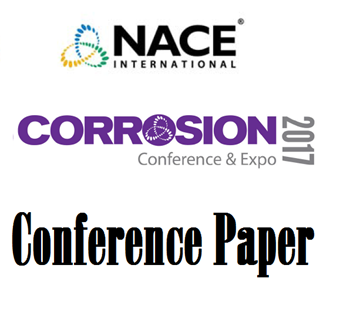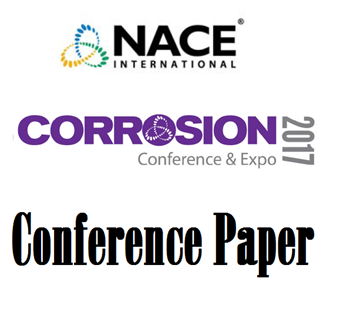Search
Products tagged with 'hydrochloric acid'
View as
Sort by
Display
per page
Corrosion Performance of Advanced Ni-Cr-Mo Alloys in Highly Concentrated Acids For Niche Chemical Processing Industry Applications
Product Number:
51323-19399-SG
Publication Date:
2023
$20.00
Corrosion Performance Of Various Types Of Welded And Seamless Tubulars Of Ni-Mo And Ni-Cr-Mo Alloys In Standard Acids And Other Selected Environments
Product Number:
51322-17619-SG
Publication Date:
2022
$20.00
Corrosion Properties of Ni-44Cr-1Mo Alloy in Acidic Solutions and High Temperature Environments
Product Number:
51317--9052-SG
ISBN:
9052 2017 CP
Publication Date:
2017
$20.00
Corrosion Properties Of UNS S83071, Super Duplex Stainless Steel With High Acid Corrosion Resistance
Product Number:
51322-17925-SG
Publication Date:
2022
$20.00
Hydrochloric Acid Corrosion Of A Venturi Gas Scrubber In A Continuous Catalyst Regeneration (CCR) Platformer
Product Number:
51322-17770-SG
Publication Date:
2022
$20.00
Improving Life Cycle Cost Using High Alloyed Stainless Steels for Hydrochloric Acid Localized Condensation in Heat Exchangers
Product Number:
51323-19274-SG
Publication Date:
2023
$20.00
Investigating the Interaction of Brine Solutions and Diluted Inhibited HCl Acid on Coiled Tubing Steel Corrosion
Product Number:
51320-14596-SG
Publication Date:
2020
$20.00
Laboratory Testing Of Corrosion Resistant Alloys In Deep Geothermal Well Environment
Product Number:
51321-16693-SG
Publication Date:
2021
$20.00
Materials and Corrosion Risk Mitigation Associated with Flowback of Acid Stimulation Fluids
Product Number:
51317--8917-SG
ISBN:
8917 2017 CP
Publication Date:
2017
$20.00
Materials Performance of Corrosion-Resistant Alloys in Individual and Mixed Acids
Product Number:
51317--9409-SG
ISBN:
9409 2017 CP
Publication Date:
2017
$20.00
New Experiences With Explosion Clad Alloys UNS N06058 And UNS N06059
Product Number:
51322-17650-SG
Publication Date:
2022
$20.00
The Influence of Post-Weld Heat Treatments (PWHT) upon the Resistance of Ni-Mo and Ni-Cr-Mo alloys to Chloride-Induced Stress Corrosion Cracking, Pitting, and Crevice Attack
Product Number:
51321-16420-SG
Publication Date:
2021
$20.00












